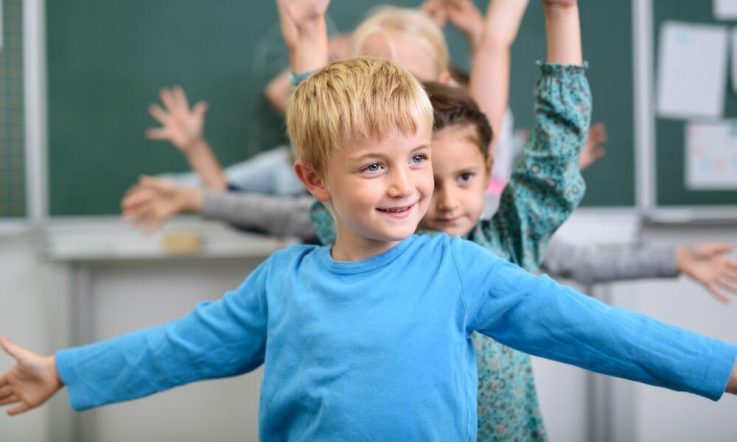Welcome to this edition of Researching education: 5 further readings. In this series, we take a look at some further readings available on a particular topic, including open access research papers from various online databases, and Teacher archive content you might not have come across yet.
Today, we’re bringing you 5 pieces of content on the topic of Health and Physical Education (HPE), from a research paper delving into the issue of public schools outsourcing HPE to external providers, to insight from students on how they feel about fitness testing, and how they would change it.
- Issues in staffing and outsourcing in schools. Who’s teaching health and physical education? The authors of this paper surveyed staff in 556 government schools across New South Wales to get a clearer picture of who is teaching HPE – are they generalist or specialised teachers, and are they employed by the school or are they third-party providers?
The findings show a worrying trend where the majority of schools are either using generalist teachers to teach HPE, or outsourcing the classes to external providers, in many cases at the cost of parents.
Related reading: Teacher recently spoke to the author of this report, Dr Jessica Amy Sears, about their findings and what further research is needed. - An expansive learning approach to transforming traditional fitness testing in health and physical education: student voice, feelings and hopes. According to the author of this paper, Laura Alfrey, opinions on school fitness testing are largely divided – with it being both lauded and demonised. Yet, while the debate has arguably become more nuanced over time, the voice and opinions of students is often missing from those debates.
This paper responds to the following research questions: (i) what are Australian Secondary students’ feelings and thoughts toward current fitness testing practices? and (ii) how would they change those fitness testing practices, and why?
- Reinventing Australian schools for the better wellbeing, health and learning of every child. This discussion paper – from Pasi Sahlberg, Sharon Goldfeld, Jon Quach, Caitlin Senior, and Cecilia Sinclair – outlines 5 key principals to improve the wellbeing, health, and learning outcomes of ‘every child in every community.’
The paper suggests shifting the core purpose of school from primarily focusing on academic intelligence to equally focusing on learning, wellbeing, and health for optimised whole child development.
- Wellbeing: How do high school students really feel about their lives? In this 2024 State of Education series, NAB reached out to a large representative sample of over 400 Australian secondary school students nationwide to gauge how they perceive their lives are tracking.
Students from all year levels, and school sectors, contributed, with their responses covering topics such as loneliness, mental health, physical health, their main causes of worry, and more.
Read up on the key findings, and how these differ between age groups, school sector, gender and more, in this special report. - Australian families: How we play. Released by the Royal Children’s Hospital Melbourne, this report from last year looks at how Australian families play.
The report explores where children are playing – for example, inside on digital devices or outside in the back yard – how parents feel about the importance of play, and some of the key barriers that prevent children from playing.
Some of the resources featured in this article can be found through the Cunningham Library Catalogue and EdResearch Online. At the links below, you can search for more resources on the topic of Health and Physical Education in these 2 online databases.
You can also browse other education topics at this page.
The Cunningham Library membership is open to individuals, schools and organisations. Membership includes access to a comprehensive collection of education research literature; weekday alerts to a selection of Australian education news; fast supply of articles and books from the collection; support in finding research; and an integrated online search tool that works across all our resources.
To become a library member, visit the website.



